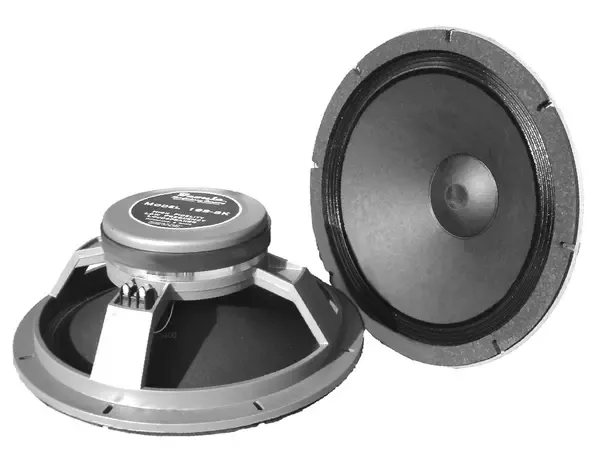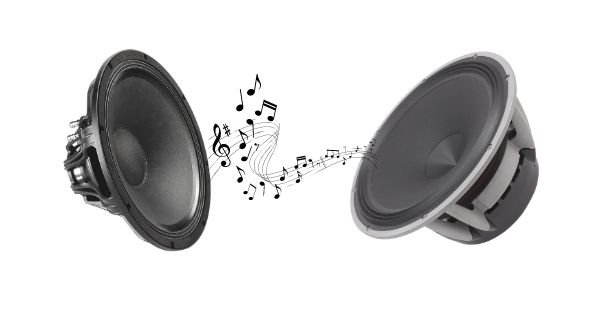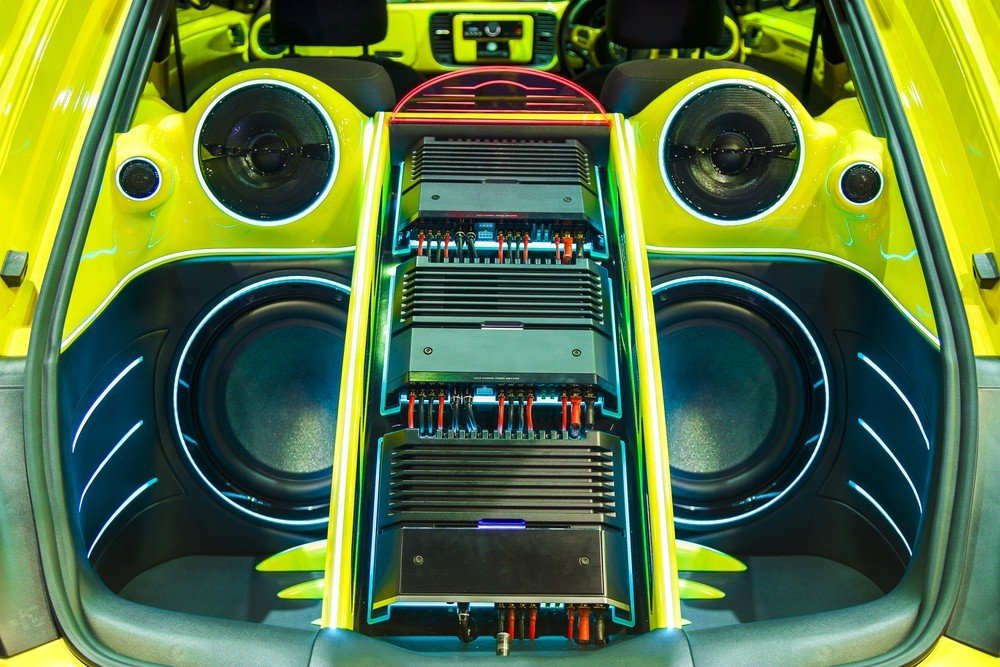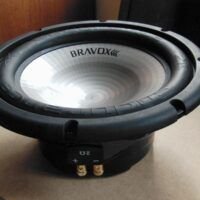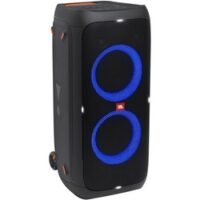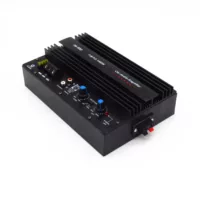Audiophiles and sound enthusiasts keep coming up with creative ways to see up car audio and improve the sound facility. For example, motorists seeking to enhance sound without suffering distortion now connect stand-alone amplifiers with their stereo systems. Some go as far as replacing certain equipment with advanced and better equipment. But using a subwoofer as a speaker is a creative advancement that has caught the eyes of many motorists because of the perceived benefits it may offer. Subwoofers can be installed in adjacent corners of your car, providing the best sound experience for both ears, but can you use a subwoofer as a speaker, or is it simply wishful thinking?
Subwoofers produce low sound frequencies that range between 20Hz to 100hz. The structural build, design, and output of a subwoofer make it impossible for it to produce high frequencies required by car stereo to balance sound output. Traditional single speakers on the other hand are designed to produce high frequency. Because speakers are not designed to produce low frequency, you’ll need both a subwoofer and speaker to balance out the sound quality of your car stereo system.
Motorists can tweak their in-car amplifiers to modify the output of a subwoofer, however, as per replacing a speaker, that’s impossible. But to understand why subwoofers cannot replace speakers, and the uniqueness of both, you’d need to know their differences and how best to use both for optimal sound performance.
Table of Contents
Differences Between A Subwoofer And Speaker
Subwoofers are designed to produce low frequencies, also known as bass. The purpose is to produce clearer and distortion-free sound from smaller sound outputs, rather than a single speaker that is not equipped to produce frequencies that low.
Speakers, on the other hand, are designed to do just the opposite. Also, known as loudspeakers, they produce high pitch sound and can be found in many outdoor sound settings. Loudspeakers, however, can be used for playing different types of audio perfectly.
Subwoofers are designed differently, either with a plastic or wooden enclosure that may fit one or two woofers. The enclosures are an important component of the subs as it detects the sound quality. Some subs come with enclosures.
These are perfect for custom-installed stereo systems in vehicles. There are 3 types of subwoofer enclosures: sealed, bandpass, and ported enclosures. There’s also the free-air subwoofer. The type you choose will determine the quality of your sound.
Powered subwoofers are equipped with an inbuilt amplifier, delivering two sound equipment in one. This reduces cost and installation space. Unlike other types of subwoofers, which require external subwoofers, powered amps come prepared for optimal sound production.
On the other hand, passive subwoofers need to be connected to an amplifier.
Pros Of Installing A Subwoofer
● Better bass production and distortion-free sound.
● Improved overall sound quality between loudspeakers and subwoofers
● Reduces stress on loudspeakers
Cons
● Cannot be used without a loudspeaker
Pros Of A Loudspeaker
● Good sound production without subwoofers
● Inexpensive
Cons
● Loudspeakers are not equipped to produce low frequency
Why You Need A Loudspeaker
While the idea of replacing your loudspeaker with a subwoofer might sound enticing, and probably a wise economic decision, a loudspeaker still plays a significant role in car stereo systems that a subwoofer cannot cover.
For instance, loudspeakers produce high amplitude sound to cover your entire car while subwoofers produce low sound frequency, so are inherently incapable of covering larger areas.
A loudspeaker can serve multiple environments. In the case of a small party, motorists can simply remove their car loudspeakers to enhance outdoor sound. While many motorists worry about size, loudspeakers are not all big.
There are different sizes, for big and compact cars. They can fit into any space in your car as long as you buy the corresponding size. And size doesn’t translate to better sound output. The speaker driver is what determines sound output and massive, high output drivers can be found in small loudspeakers.
Worrying about wiring and grounding? Then buy one of the advanced wireless loudspeakers here. They offer a seamless and clean installation.
Why You Need A Subwoofer
Not equipped to replace a loudspeaker doesn’t mean motorists have no use for a subwoofer. Quite the opposite. Subwoofers are a very important part of any sound system, both indoors and outdoors. Buy the latest advanced car subwoofers here.
Subwoofers reproduce clear low frequencies. Instead of plain audio reproduction from loudspeakers, subwoofers add texture to the sound, thereby reproducing the exact sound signal from the source. For example, motorists can hear the texture of car honking or special effects in an audio file.
Subwoofers are thus necessary for car owners who want to immerse themselves in their music. To add perspective, cinemas use subwoofers for bringing out the low frequencies in movies.
The main purpose of a subwoofer is to produce bass. Stereo systems need the bass to produce quality low-frequency music and audio.
How To Wire Your Speakers With Car Amplifier
● Connect the RCA, speaker, and remote turn-on leads to your amp
The first step in wiring your car speaker is connecting the RCA to the back of your amplifier. Pass the RCA cable through your car door, where it’ll be undetachable. This provides a cleaner installation and protects your cable from elements. Next, plug in the remote turn-on leads and speaker to the amplifier.
● Purchase Speaker wires
Speaker wires are for connecting the speakers to the amplifier. They come in a pair of black and red. The red wire is positive while the black wire is negative. Motorists must buy the correct pair to power the speaker.
While speaker wiring length can vary, it’s important to measure the required length before heading to the store. Measure the distance between the speaker and the amplifier to get the correct length at the store.
● Solder speaker wires to amp terminal
The best way to connect speaker wires is soldering as it ensures a firm grip. However, before connecting the wires to the amplifier, you’ll need to connect to a metal terminal chip. Remove a small part of the wire insulation from the tip of the speaker wires and cover the exposed part with a heat shrink tube.
This makes it secure and prevents it from accidentally falling off. Next, connect the speaker wires to the corresponding lead. The red wires are on the positive side (+) while the negative wires are on the left/negative side (-). To ensure correct polarity, and high sound efficiency, always plug the positive wires and negative wires correctly.
Remove the insulation on the other side of the wire and connect to your speakers. Hold it firmly to the port with solder or electrical tape.
Power on your stereo to test that the connections are correctly installed. Play your favorite music from a high-quality source, such as CDs or online streaming platforms. If you hear any distortion, check the connections again and make the necessary adjustments.
How To Use Subwoofers without Speaker
Is it possible to listen to the low frequencies of your favorite music without the high frequency, I.e using a subwoofer without a speaker? If you connect and make the right tweaks on your equalizer, yes. Connect the RCA converter to a powered subwoofer.
However, as mentioned earlier, using subwoofers without a loudspeaker eliminates the high frequencies from your stereo system, making it difficult for motorists to hear their stereo. Pair a loudspeaker with a small subwoofer to guarantee high sound fidelity.
Subwoofers are a great addition to car stereo systems. They produce low frequency which enhances the bass of car audio. Pairing a subwoofer with your loudspeaker not only improves sound fidelity, but enhances sound texture.
You can choose from different sizes and types of subwoofers. Subs can be installed in small spaces and provide a balance sound experience.
